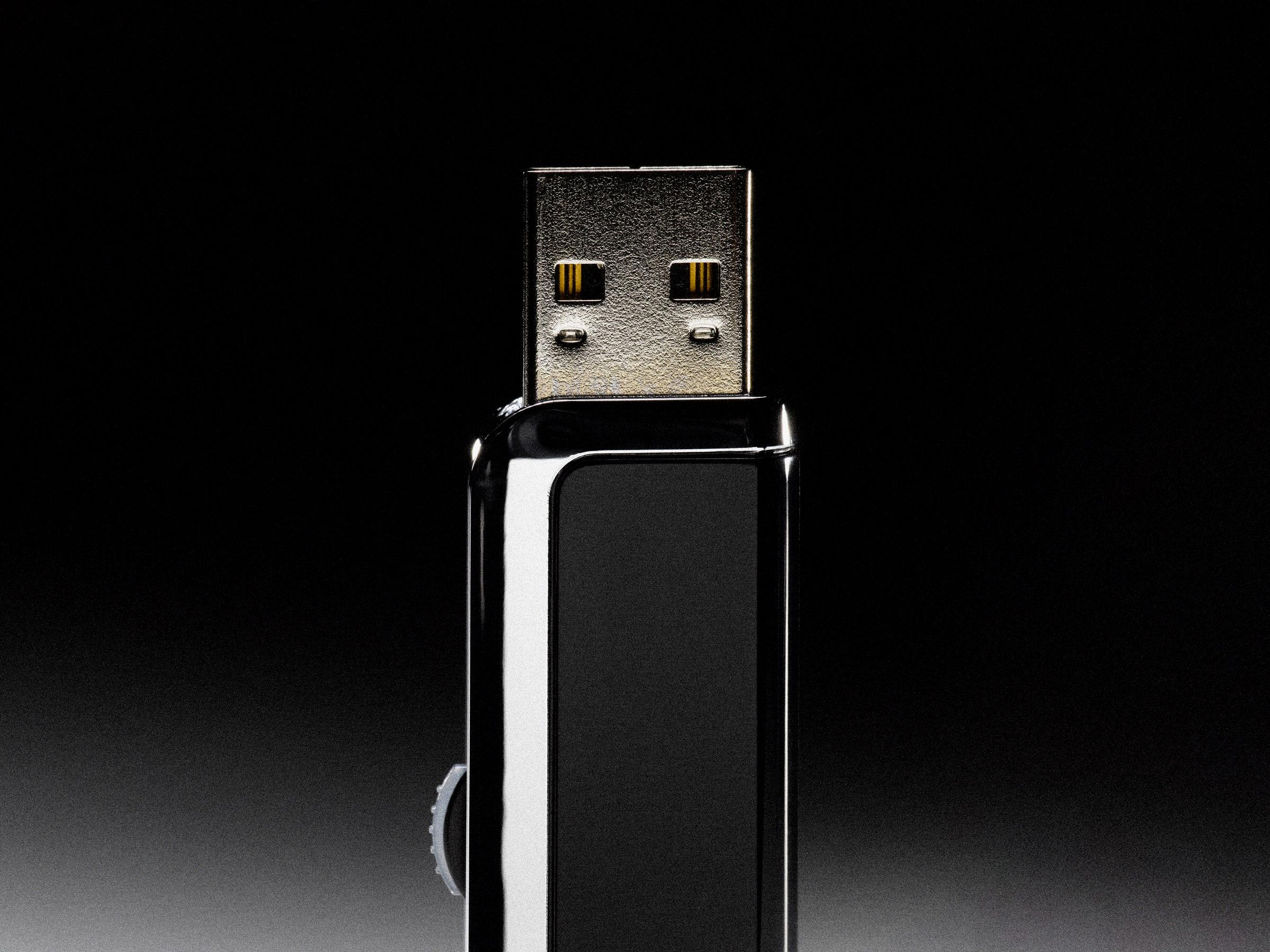Thumbdata is a term that refers to files generated by Android systems to store micro thumbnails of images. These thumbnails are small versions of the original images, typically around 10 kilobytes in size. The purpose of thumbdata files is to allow for quick and efficient display of image content, particularly in the Photos folder of a device.
The thumbdata files are automatically created by the system to enable faster loading and browsing of images. They serve as a cache for the micro thumbnails, allowing the user to preview images without having to load the full-sized versions. This can be especially useful when scrolling through a large collection of images, as it saves processing power and reduces loading times.
The thumbdata files are typically stored in a directory named “.thumbnails” within the device’s file system. However, if a file named “.thumbnails” is created by the user, the system will not automatically recreate new thumbdata files. Instead, the user can delete the existing thumbdata files by deleting the entire “.thumbnails” directory and creating an empty file with the same name. This can be done if the user wants to free up storage space or disable the automatic generation of thumbdata files.
It is worth noting that thumbdata files only store micro thumbnails and not the original images themselves. These micro thumbnails are generated based on the original images and are used solely for previewing purposes. The thumbdata files are hidden files, meaning they are not normally visible to the user unless they enable the option to view hidden files in their device’s file system.
In some cases, thumbdata files can become quite large, potentially taking up significant storage space. If this occurs, it may indicate a possible issue or bug in the system. For example, some Samsung devices have been known to generate excessively large thumbdata files, which can be problematic for users with limited storage capacity. In such cases, it may be necessary to troubleshoot the device or seek assistance from the manufacturer or service provider.
Thumbdata files are generated by Android systems to store micro thumbnails of images, allowing for quick and efficient display of image content. These files serve as a cache for the thumbnails and can be managed by deleting the “.thumbnails” directory and creating an empty file with the same name. However, it is important to note that thumbdata files only store micro thumbnails and not the original images.
What Happens When You Delete Thumbdata?
When you delete the Thumbdata file, it will be recreated unless you disable HCI snooping. Here is a detailed explanation of what happens when you delete Thumbdata:
1. Purpose of Thumbdata: Thumbdata is a file that stores thumbnail images generated by your device for faster loading of image previews. These thumbnails are created by various applications, including the gallery, file manager, and other media-related apps.
2. Location of Thumbdata: The Thumbdata file is usually found in the Android/data/com.android.providers.media/ directory on your device’s internal storage. It may also exist in other directories depending on your device and Android version.
3. Recreating Thumbdata: When you delete the Thumbdata file, your device’s system will automatically regenerate it. This is because the system needs to recreate the thumbnail images for various apps and services to function properly. The recreation process may take some time, depending on the number of images on your device.
4. HCI Snooping: If you want to prevent the recreation of Thumbdata, you can disable HCI snooping. HCI (Host Controller Interface) snooping is a feature that allows the Android system to monitor Bluetooth activity. Disabling HCI snooping will prevent the system from recreating Thumbdata, as it is linked to Bluetooth functionalities.
5. Disabling HCI Snooping: To disable HCI snooping, you need to enable Developer Options on your device. Here’s how you can do it:
A. Go to the “Settings” menu on your device.
B. Scroll down and tap on “About phone” or “About device.”
C. Look for “Build number” and tap on it seven times. This will enable Developer Options.
D. Go back to the main Settings menu and find “Developer Options.”
E. Scroll down and locate “Bluetooth HCI snoop log.” Toggle this option to disable HCI snooping.
6. Effects of Disabling HCI Snooping: Disabling HCI snooping will prevent the system from recreating Thumbdata. However, it is important to note that disabling HCI snooping may affect the functionality of certain Bluetooth-related features on your device. Therefore, it is recommended to only disable this option if you specifically need to prevent Thumbdata from being recreated.
When you delete the Thumbdata file, it will be recreated unless you disable HCI snooping. Thumbdata stores thumbnail images for faster loading, and the system automatically regenerates it to ensure proper functioning of apps and services. Disabling HCI snooping prevents the recreation of Thumbdata, but it may impact Bluetooth-related features on your device.

What Is Meant By Thumb Data?
Thumb data refers to the micro thumbnails that are created and stored in a file called “thumbdata.” These thumbnails are generated for each image on a device, excluding any files marked as “.nomedia.” The purpose of thumb data is to provide a smaller, condensed version of the original image that can be quickly loaded and displayed when browsing through images or in certain applications.
Here are some key points about thumb data:
– Thumb data is stored in a file called “thumbdata” on the device.
– Each image typically has a corresponding micro thumbnail stored in thumb data.
– The size of each micro thumbnail is around 10 kilobytes.
– Thumb data files are used by various applications and features on the device, such as the image gallery or certain widgets.
– The micro thumbnails stored in thumb data are used to quickly load and display images, providing a visual preview without the need to load the full-sized image.
– Thumb data files can become quite large, especially if there are numerous images on the device. However, an excessively large thumb data file may indicate a potential issue or bug with the device’s software.
– Thumb data files are typically managed and maintained by the device’s operating system, such as Android.
– Thumb data files are separate from the original image files and do not affect the actual image data or quality.
Thumb data refers to the micro thumbnails stored in a file called “thumbdata,” which are used to quickly load and display image previews on a device.
What Is Thumbnail Data In Android Phone?
Thumbnail data in an Android phone refers to the small preview images or icons that are generated for photos, videos, or other media files stored in the device’s Photos folder. These thumbnails are created automatically by the operating system to provide a quick and efficient way to display the content of the Photos folder without having to load the full-size images or videos.
The thumbnail data is stored in a separate folder called “.thumbnails” within the Photos directory. This folder contains the generated thumbnail images or icons for each media file. The thumbnails are typically smaller in size and lower in resolution compared to the original media files, allowing them to be loaded and displayed more quickly.
The purpose of thumbnail data is to enhance the user experience by providing a visual representation of the media files in the Photos folder. When you browse through your photos or videos, the device can quickly retrieve and display the thumbnails instead of loading the full-size files, which can be time-consuming and resource-intensive.
The thumbnail data is automatically generated and managed by the Android operating system. Whenever you add new photos or videos to the Photos folder, or modify existing ones, the system will update the corresponding thumbnails accordingly. This ensures that the thumbnails always reflect the current content of the Photos folder.
It’s worth noting that thumbnail data does take up storage space on your Android phone. The size of the thumbnail files can vary depending on the resolution and complexity of the original media files. However, the space occupied by thumbnail data is generally much smaller compared to the actual media files.
In some cases, you may want to disable the automatic creation of thumbnail data to free up storage space or for other reasons. If you want to prevent the device from recreating thumbnail data, you can create a file named “.thumbnails” (without any file extension) in the Photos folder. By doing so, the system will recognize this file and avoid generating new thumbnail data. However, keep in mind that without thumbnail data, you won’t be able to see the preview images or icons for your media files in the Photos folder.
Thumbnail data in an Android phone refers to the small preview images or icons generated for photos, videos, or other media files in the Photos folder. These thumbnails enhance the user experience by allowing quick and efficient browsing of media content. The thumbnail data is automatically generated and managed by the system, but you can prevent its creation by creating a file named “.thumbnails” in the Photos folder.
How Do I Reduce Thumbdata?
To reduce the size of Thumbdata files on your device, you can follow these steps:
1. Identify the Thumbdata files: Thumbdata files are typically found in the DCIM directory on Android devices. They are created by the system to store thumbnail data of images and videos.
2. Delete the entire directory: Instead of deleting individual Thumbdata files, it is more effective to delete the entire directory that contains them. This ensures that all the Thumbdata files are removed at once.
3. Create an empty file: After deleting the directory, create a new empty file with the same name as the directory, which is “.thumbnails”. This step is crucial as it prevents the system from generating new Thumbdata files in the future.
Here’s a summarized list of steps to reduce Thumbdata:
1. Identify Thumbdata files.
2. Delete the entire directory containing Thumbdata files.
3. Create an empty file named “.thumbnails”.
By following these steps, you can effectively reduce the size of Thumbdata files on your Android device.
Conclusion
Thumb data refers to the .thumbdata files that are generated by the Android operating system. These files are created in order to store micro thumbnails of images in the device’s Photos folder. The purpose of these thumbnails is to allow for quick and efficient display of the images.
However, the thumbdata files can sometimes become quite large, taking up valuable storage space on the device. In such cases, it may be necessary to delete these files in order to free up storage space.
It is important to note that deleting the thumbdata files will not cause any harm to the device or its functionality. In fact, these files will be automatically recreated unless HCI snooping is disabled.
If a user wishes to prevent the automatic recreation of thumbdata files, they can create a file named “.thumbnails” and delete the entire directory containing the thumbdata files. By creating an empty file with the same name as the directory, the device will not recreate the thumbdata files.
Thumbdata files are a part of the Android operating system and serve the purpose of storing micro thumbnails for quick image display. While they can take up storage space, they can be safely deleted if necessary.







